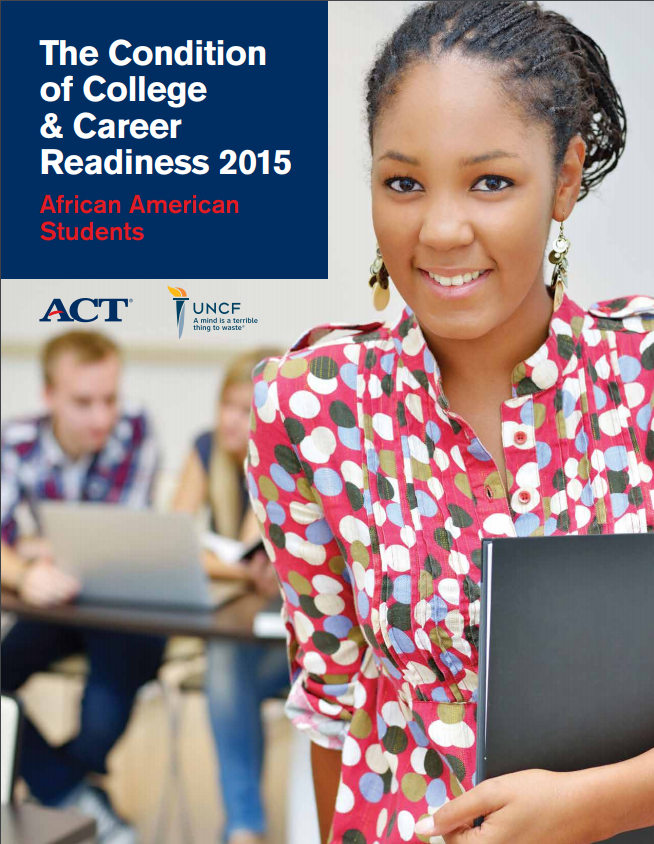On May 17, 1954, the U.S. Supreme Court ruled that segregation in schools was unconstitutional. A major civil rights victory—the Court’s decision in Brown v. Board of Education was an historic and significant first step toward achieving educational equity for all students in the United States. Since the Supreme Court’s ruling, progress toward this goal has been made.
African American students have made tremendous gains in academic achievement over the past 63 years and underserved students continue to make academic progress today. For example, The Condition of College & Career Readiness 2015 report by ACT found from 2011-2015, the number of African American high school graduates who took the ACT increased 13 percent and the number of Hispanic students who took the ACT increased by 50 percent.
Despite these gains, educational disparities and large achievement gaps still exist in many schools throughout the country. In 2015, 64 percent of all high school graduates who took the ACT met the ACT college readiness benchmark in English and 42 percent met the benchmark in math. However, significantly fewer ACT-tested African American and Hispanic graduates met ACT’s college readiness benchmark.
 Further, while Brown v. Board of Education banned racial segregation in schools 63 years ago, many schools around the U.S. are still segregated and, in some instances, are becoming more so. A 2016 report by the Government Accountability Office found “from school years 2000-01 to 2013-14 (the most recent data available), the percentage of all K-12 public schools that had high percentages of poor and Black or Hispanic students grew from 9 to 16 percent… These schools were the most racially and economically concentrated: 75 to 100 percent of the students were Black or Hispanic and eligible for free or reduced-price lunch…”
Further, while Brown v. Board of Education banned racial segregation in schools 63 years ago, many schools around the U.S. are still segregated and, in some instances, are becoming more so. A 2016 report by the Government Accountability Office found “from school years 2000-01 to 2013-14 (the most recent data available), the percentage of all K-12 public schools that had high percentages of poor and Black or Hispanic students grew from 9 to 16 percent… These schools were the most racially and economically concentrated: 75 to 100 percent of the students were Black or Hispanic and eligible for free or reduced-price lunch…”
The Brown v. Board of Education decision was a monumental turning point that changed the educational trajectory for millions of U.S. students over the past 63 years. Despite this historic precedent, large gaps and disparities in education still exist. In many parts of the U.S., underserved learners still do not have access to or receive a high quality education. Through our work, we at ACT’s Center for Equity in Learning hope to change this narrative by closing gaps in equity, opportunity, and achievement so that every child can achieve academic and career success.
